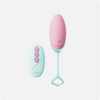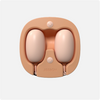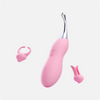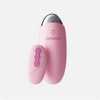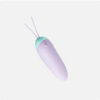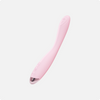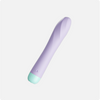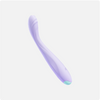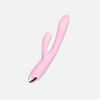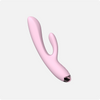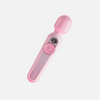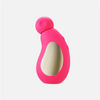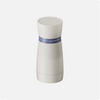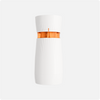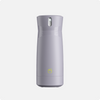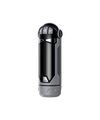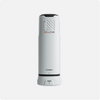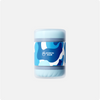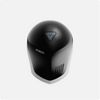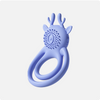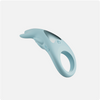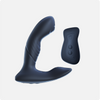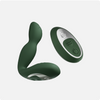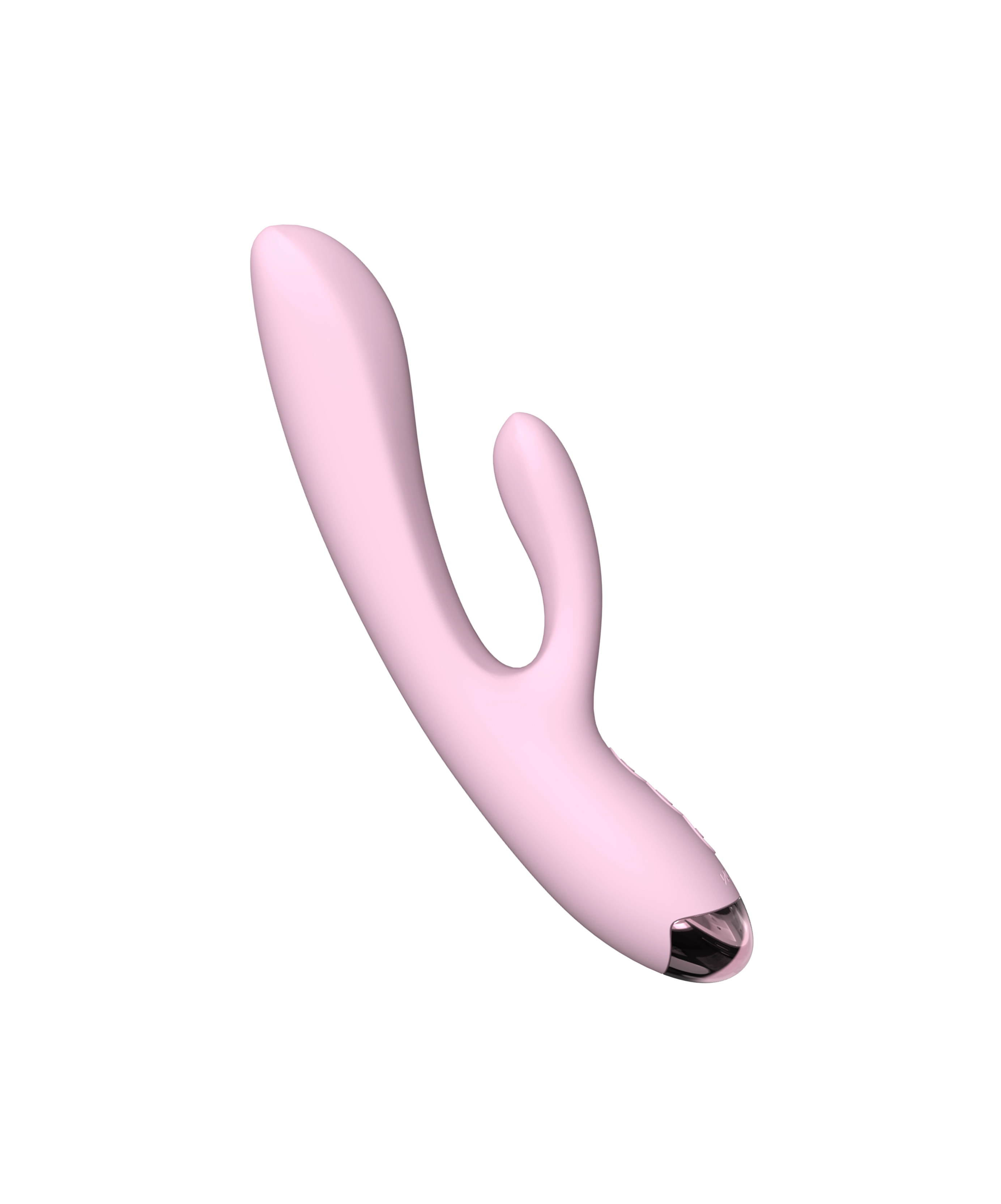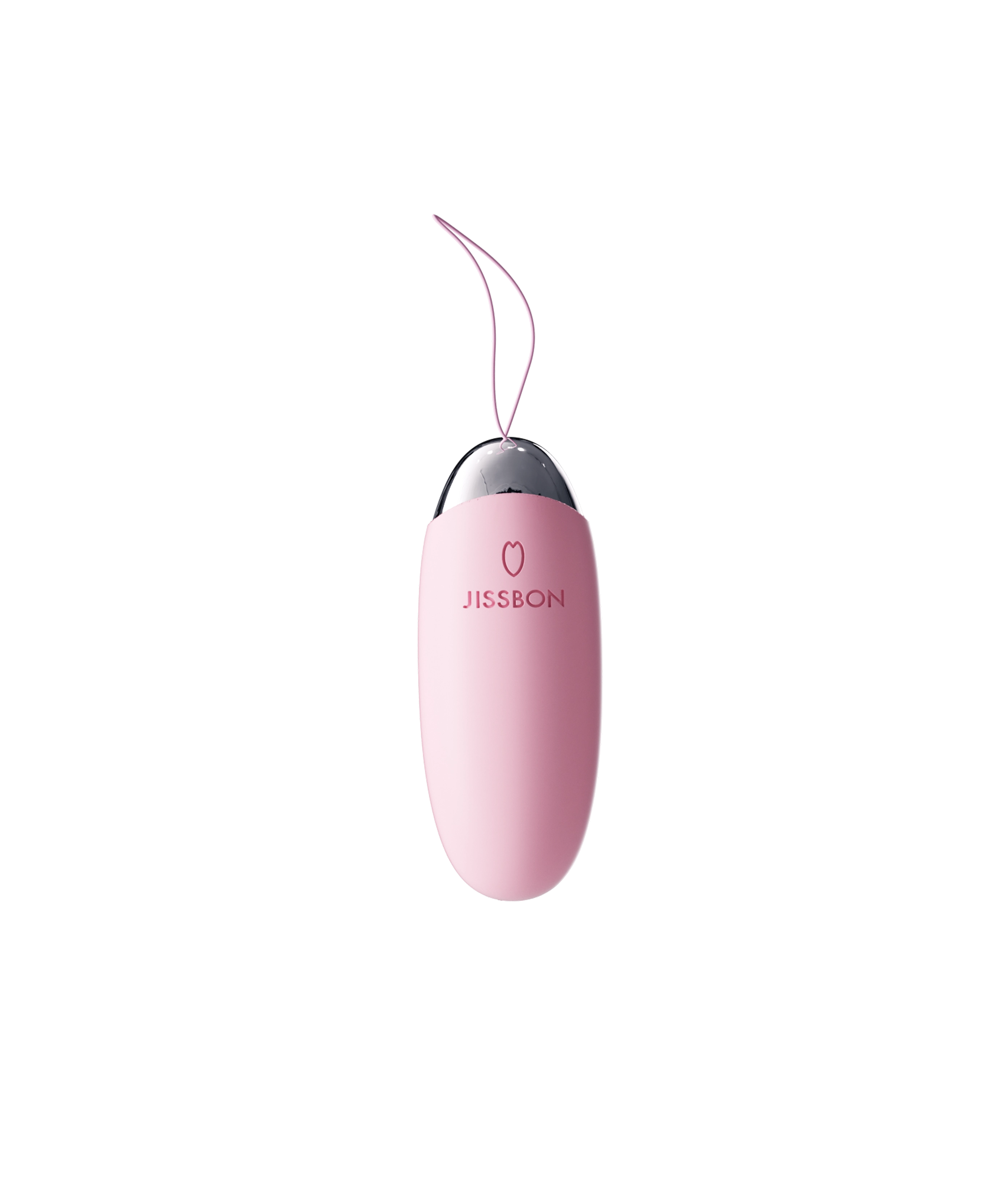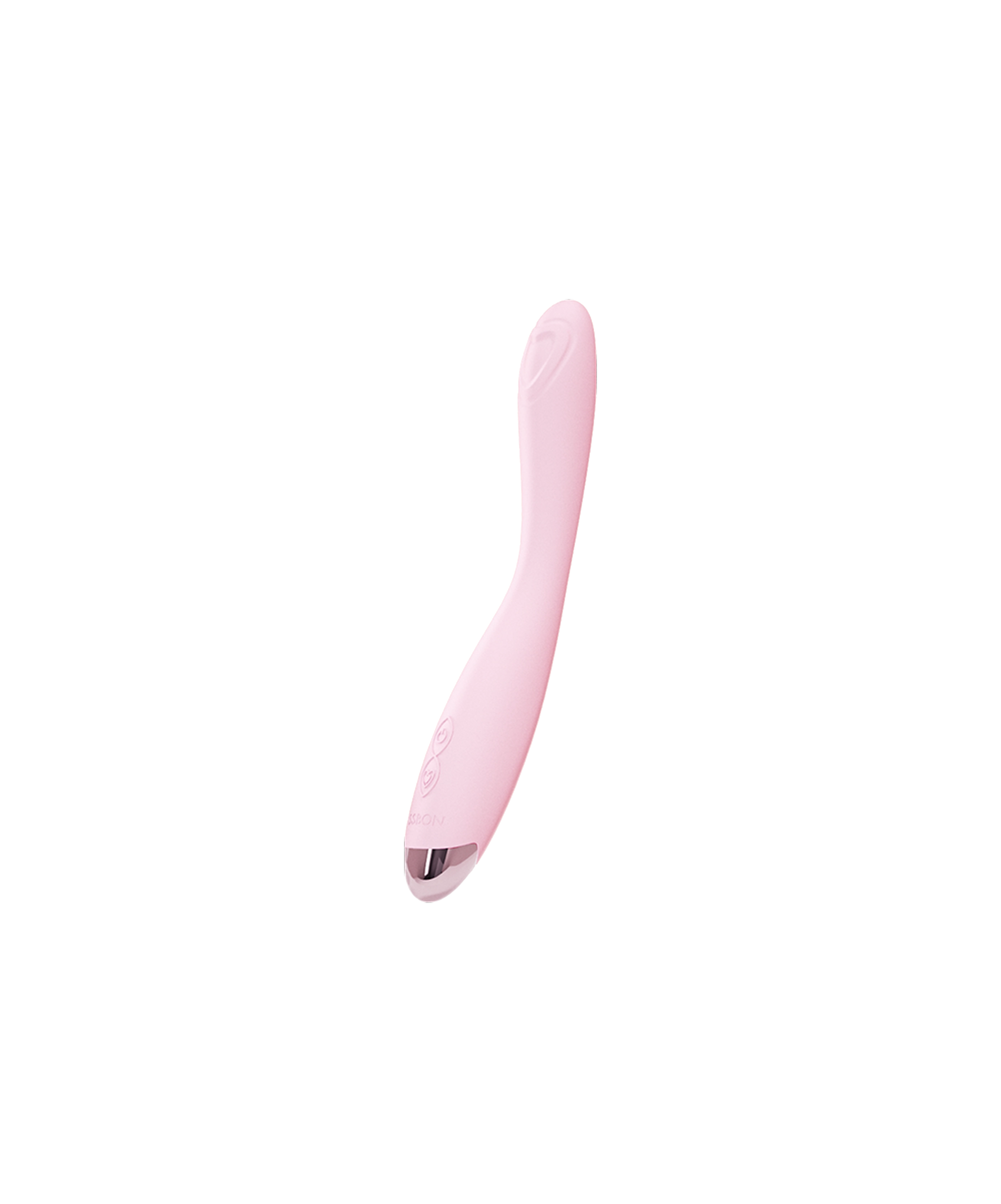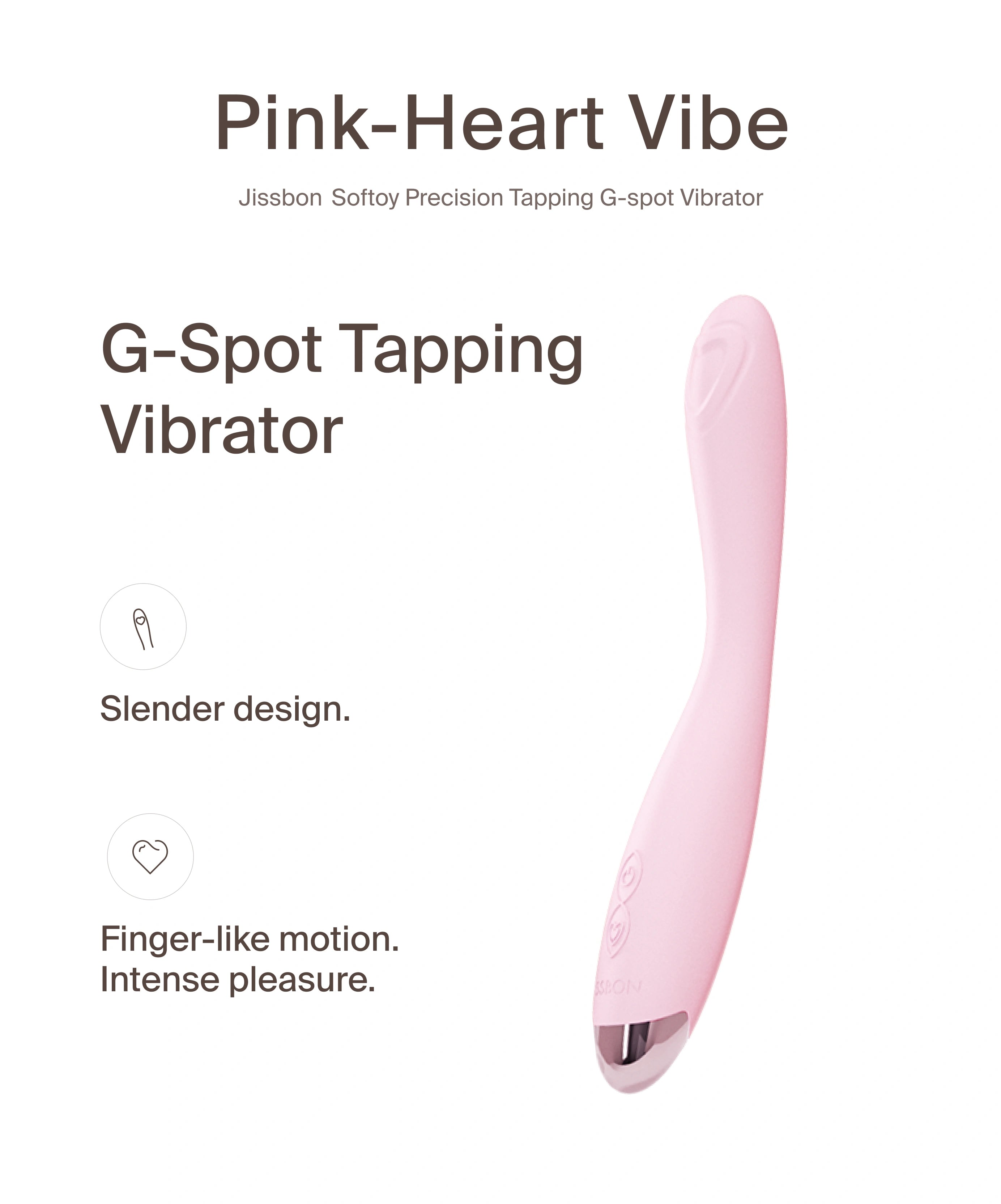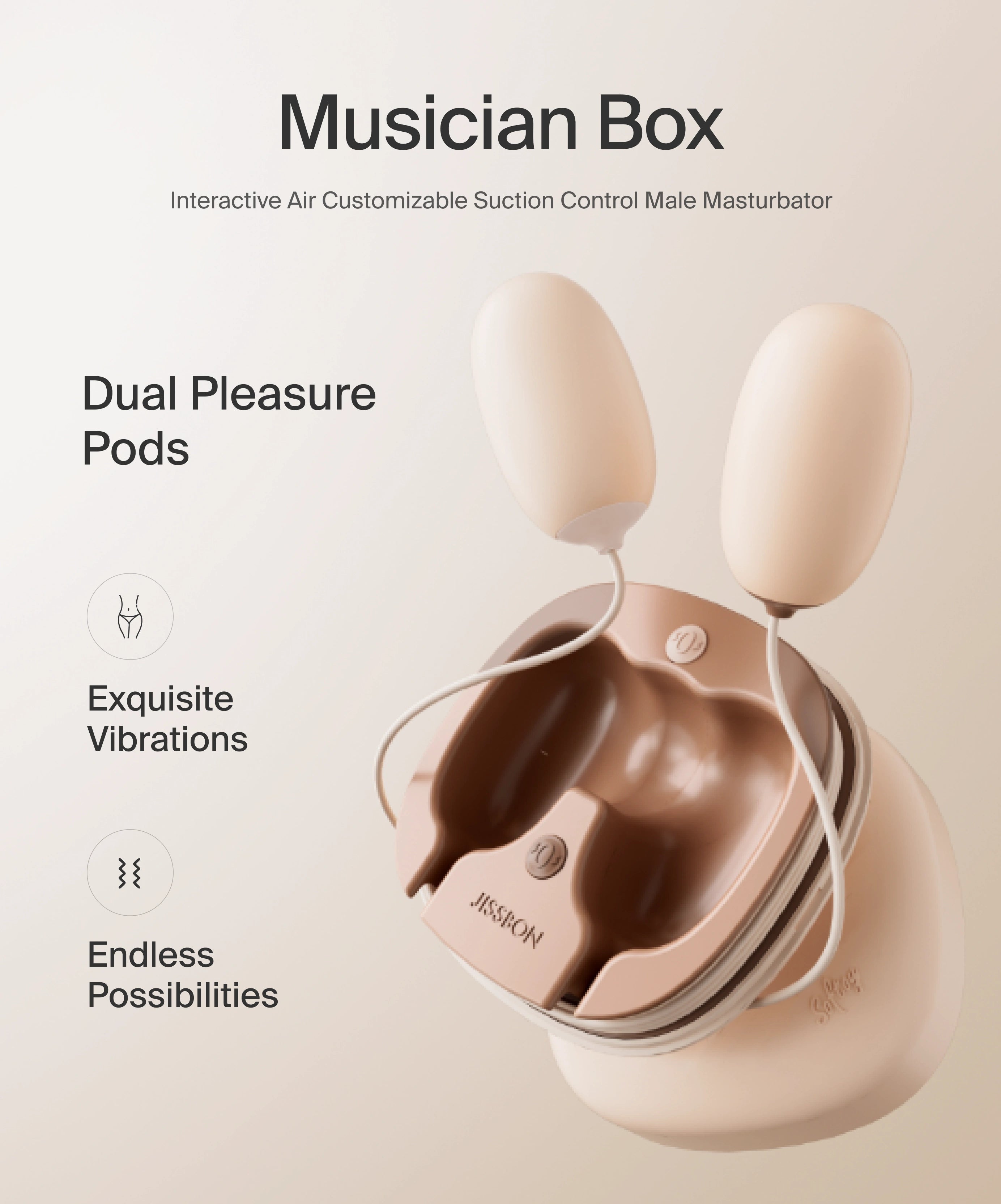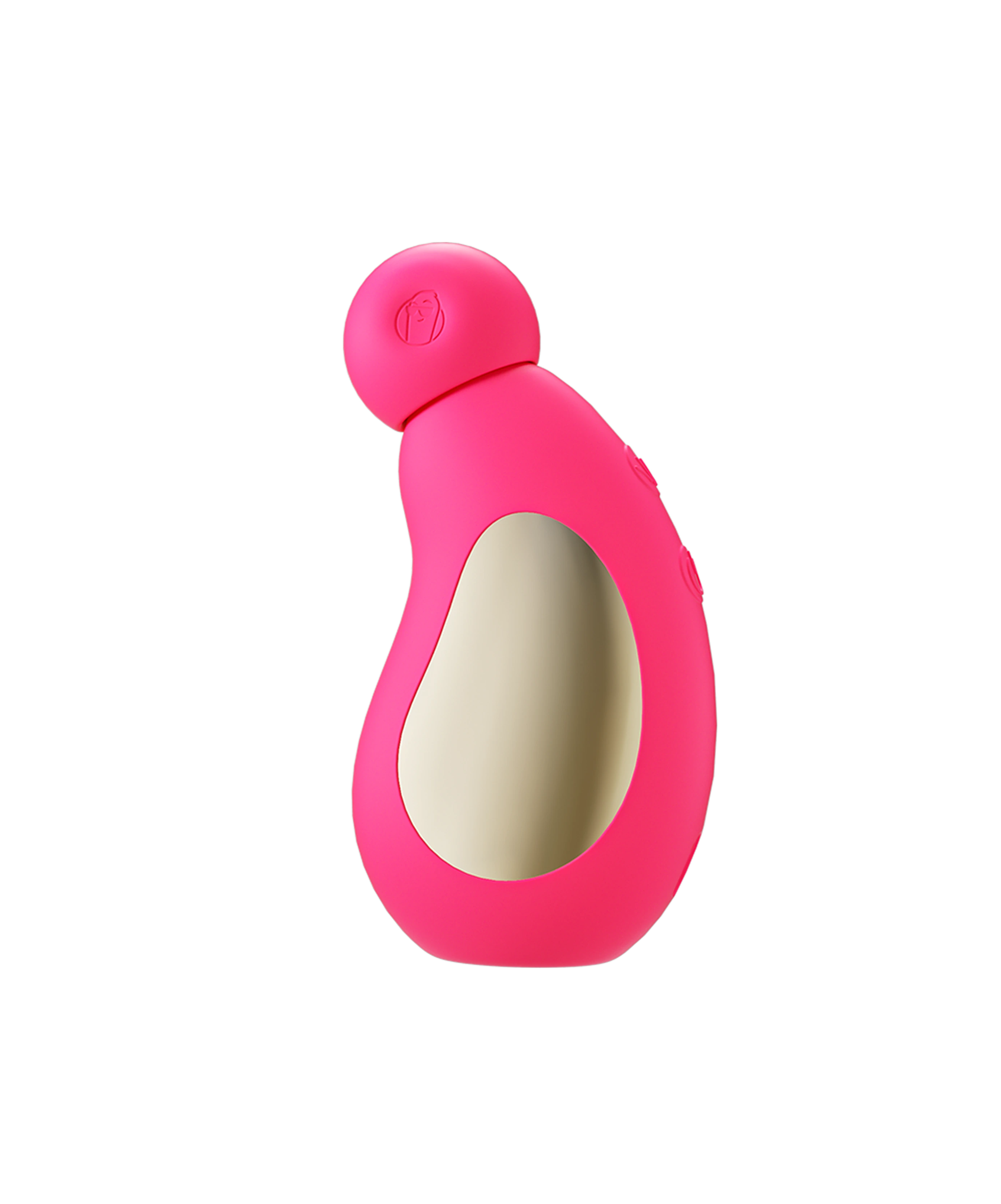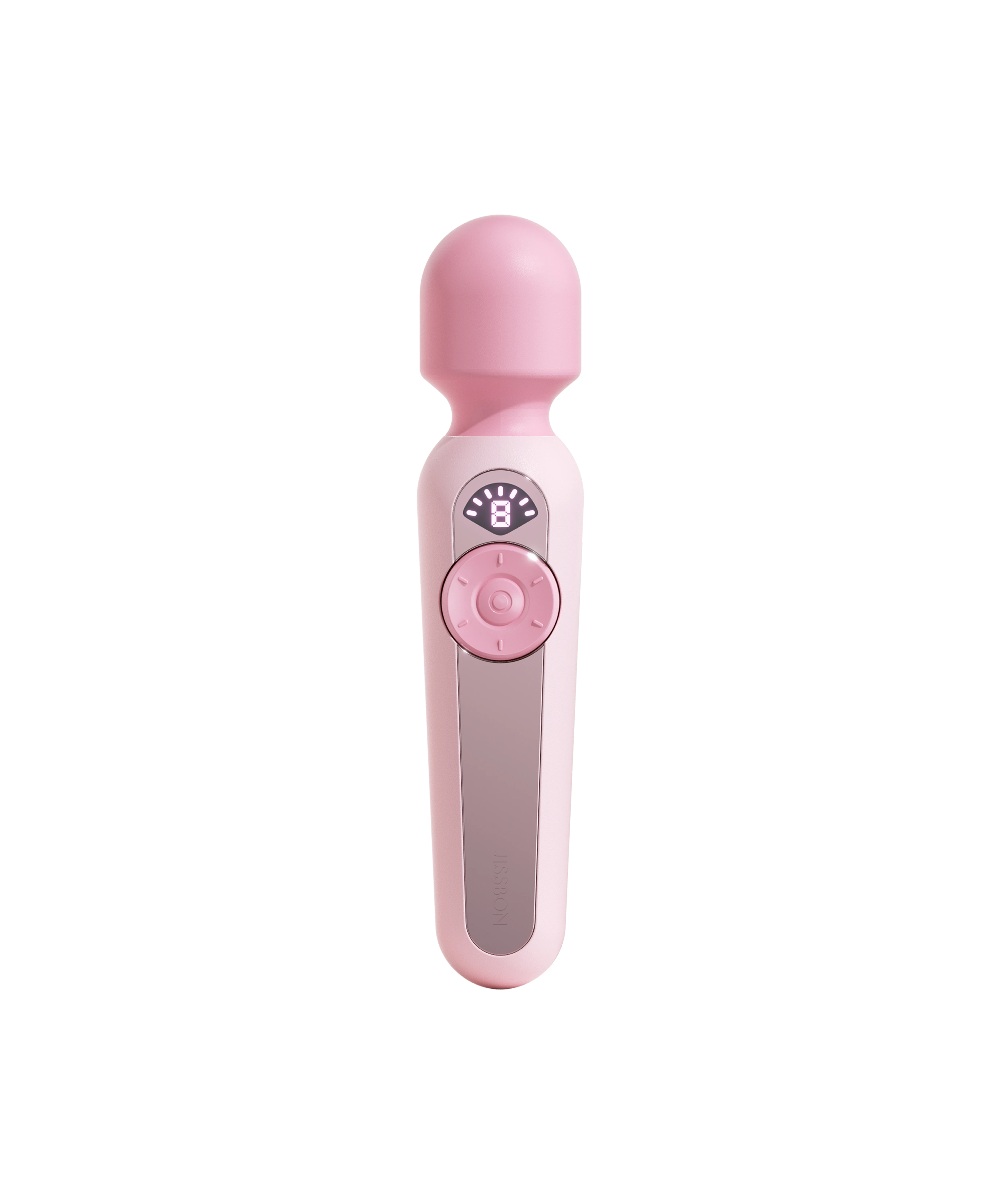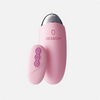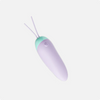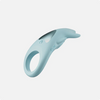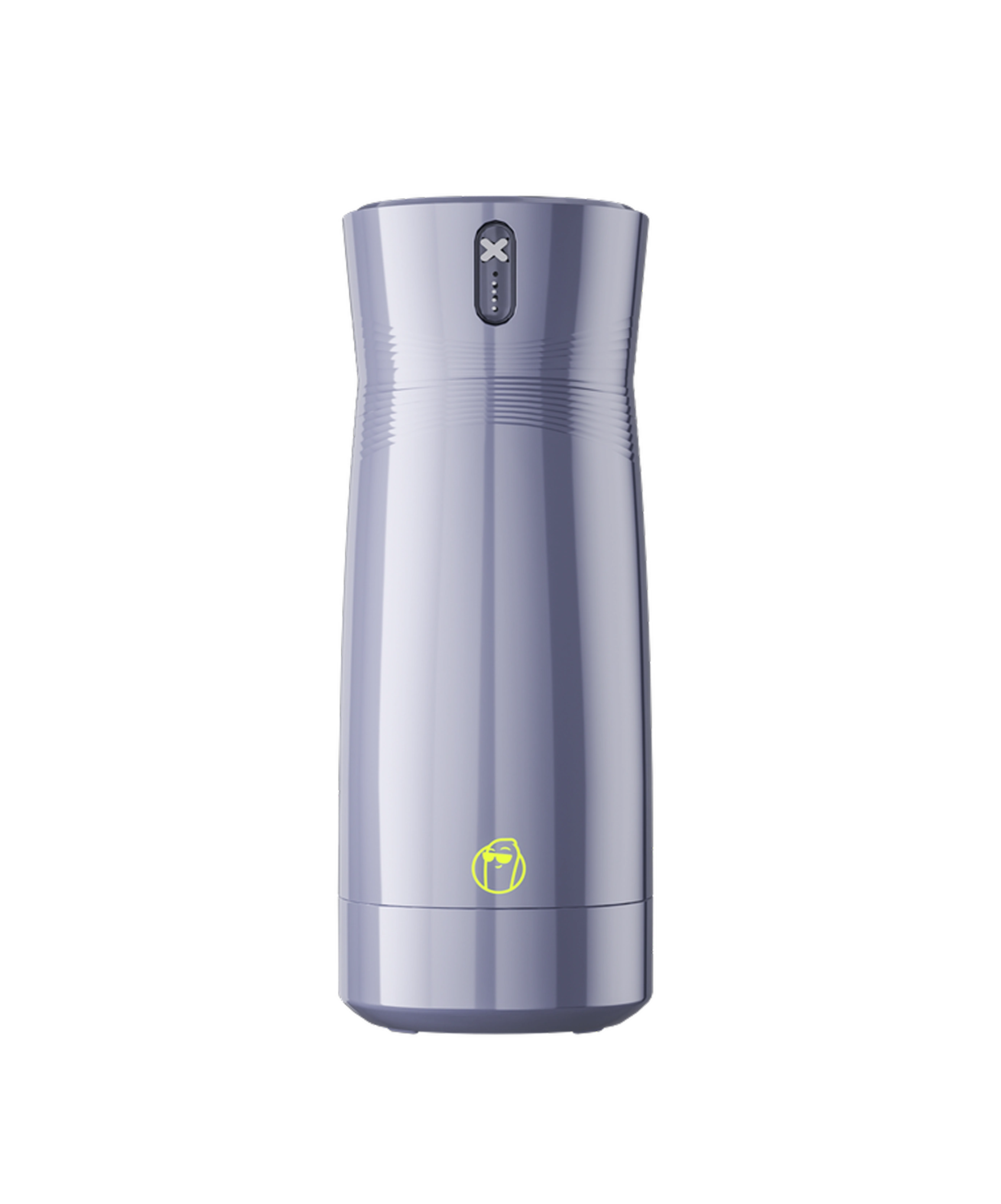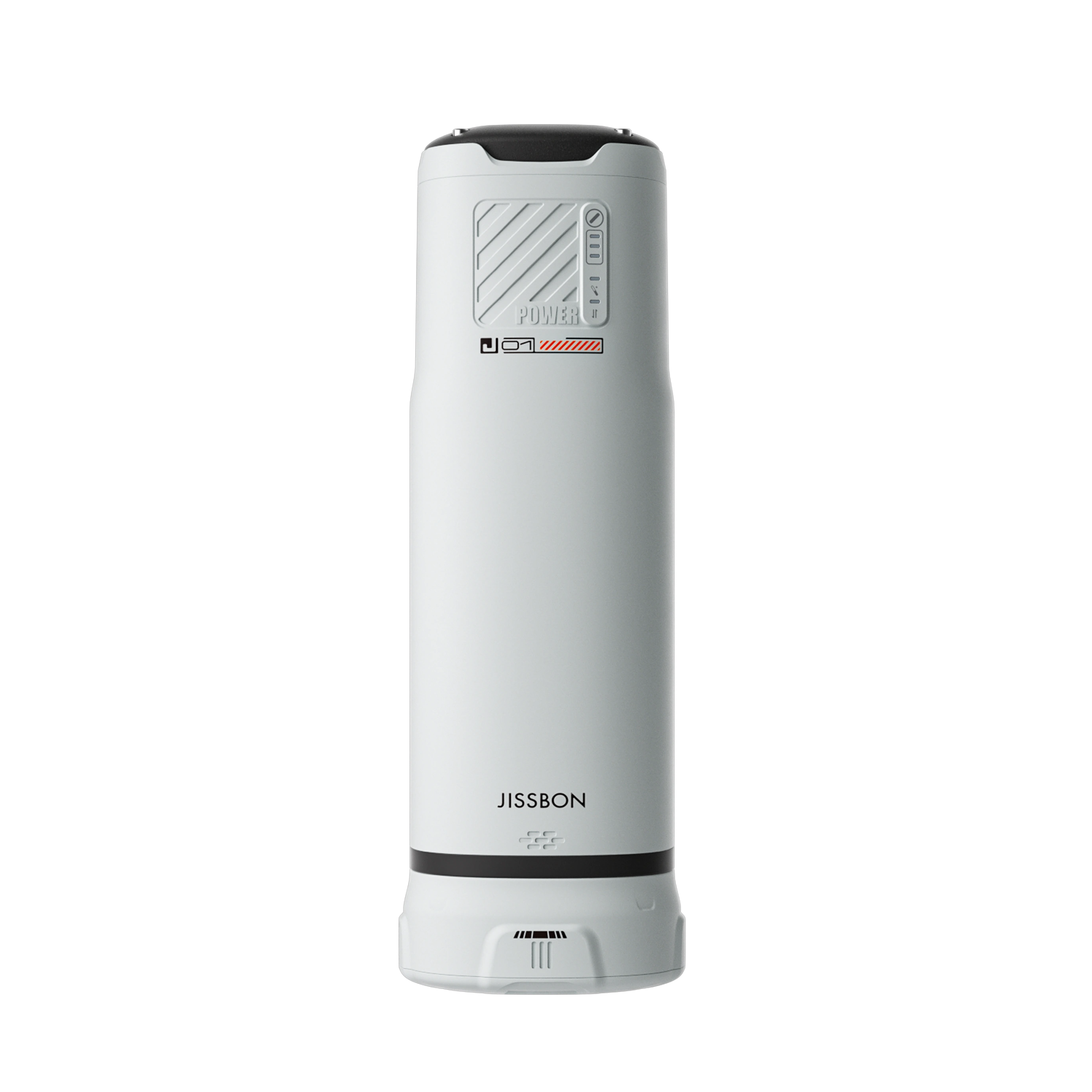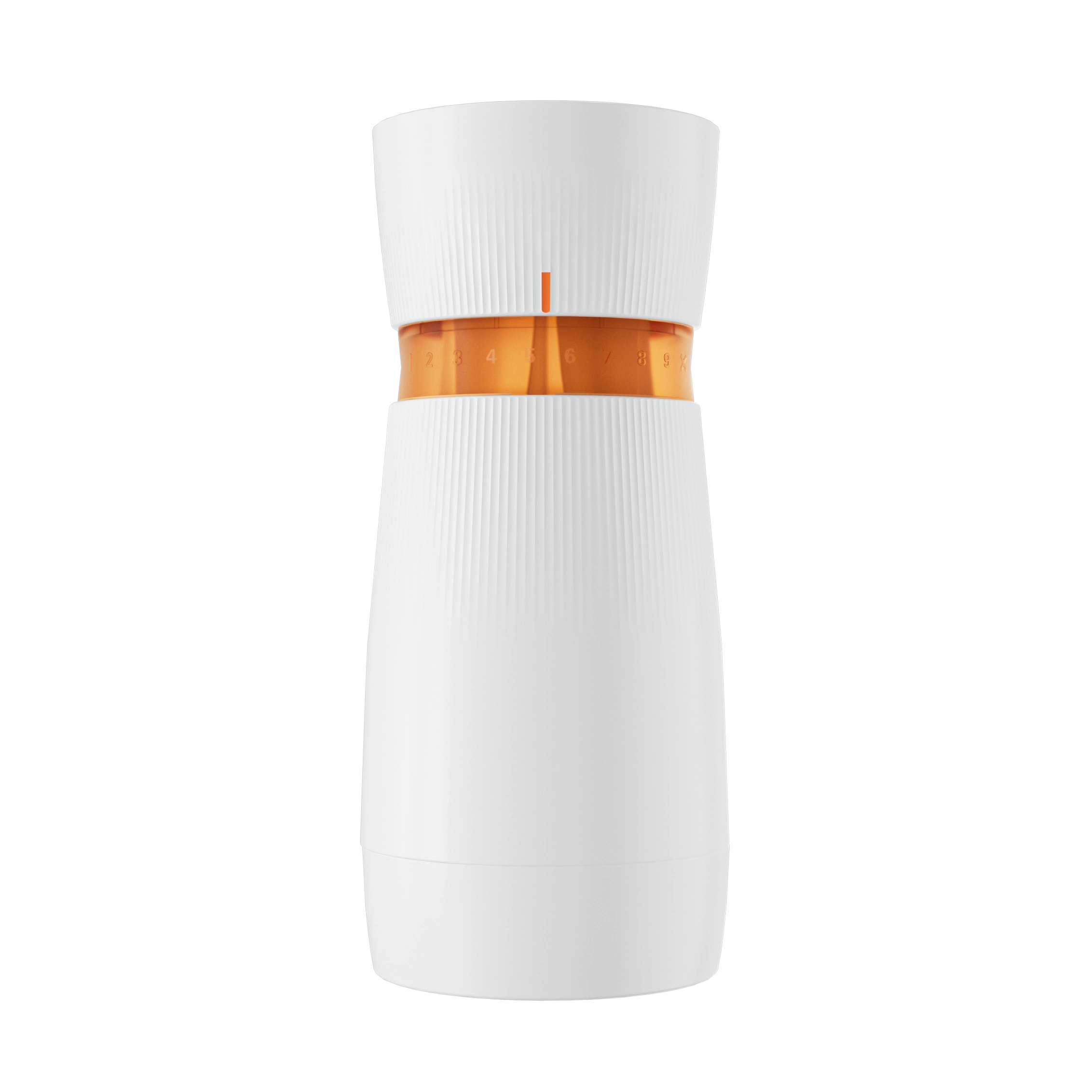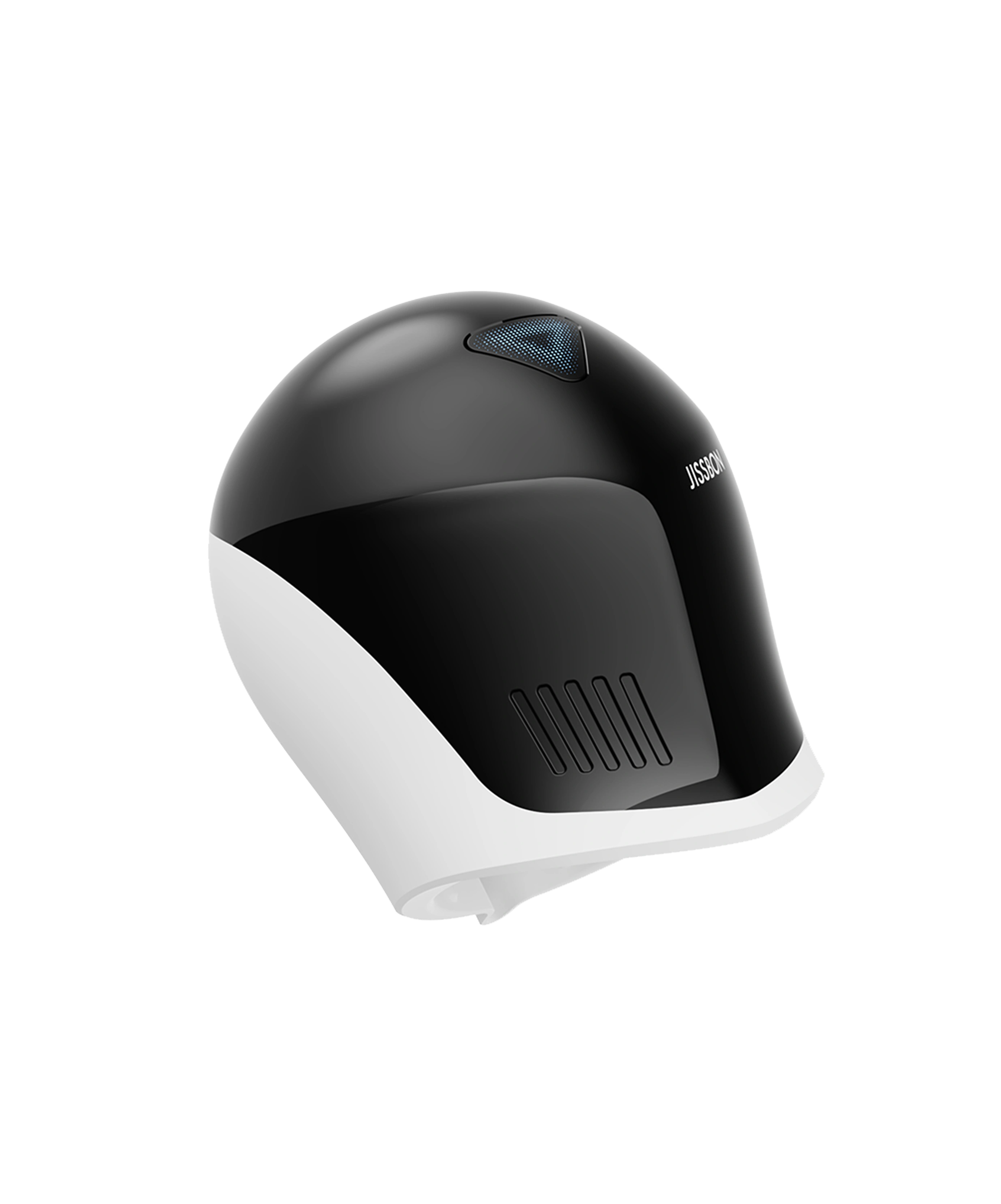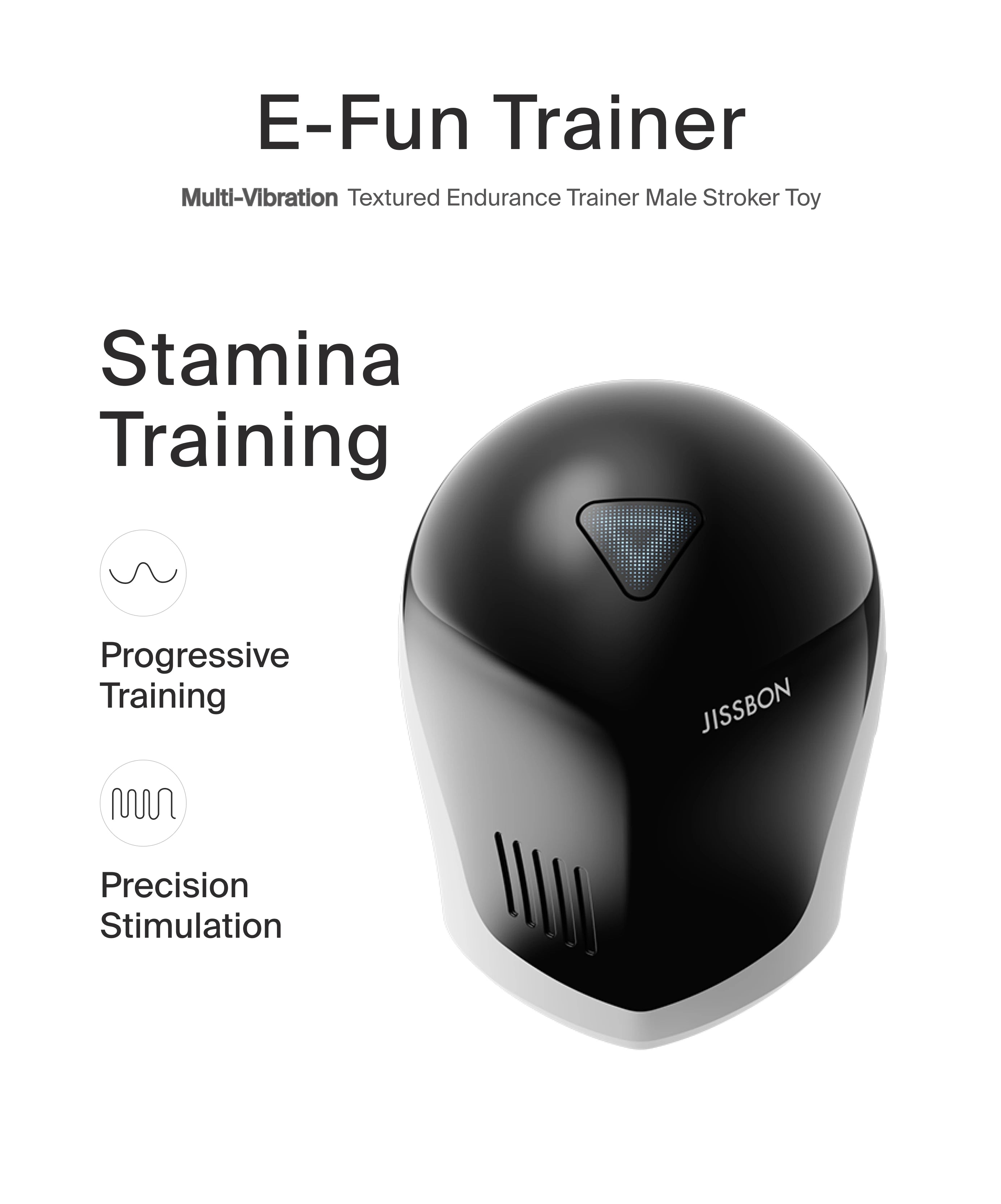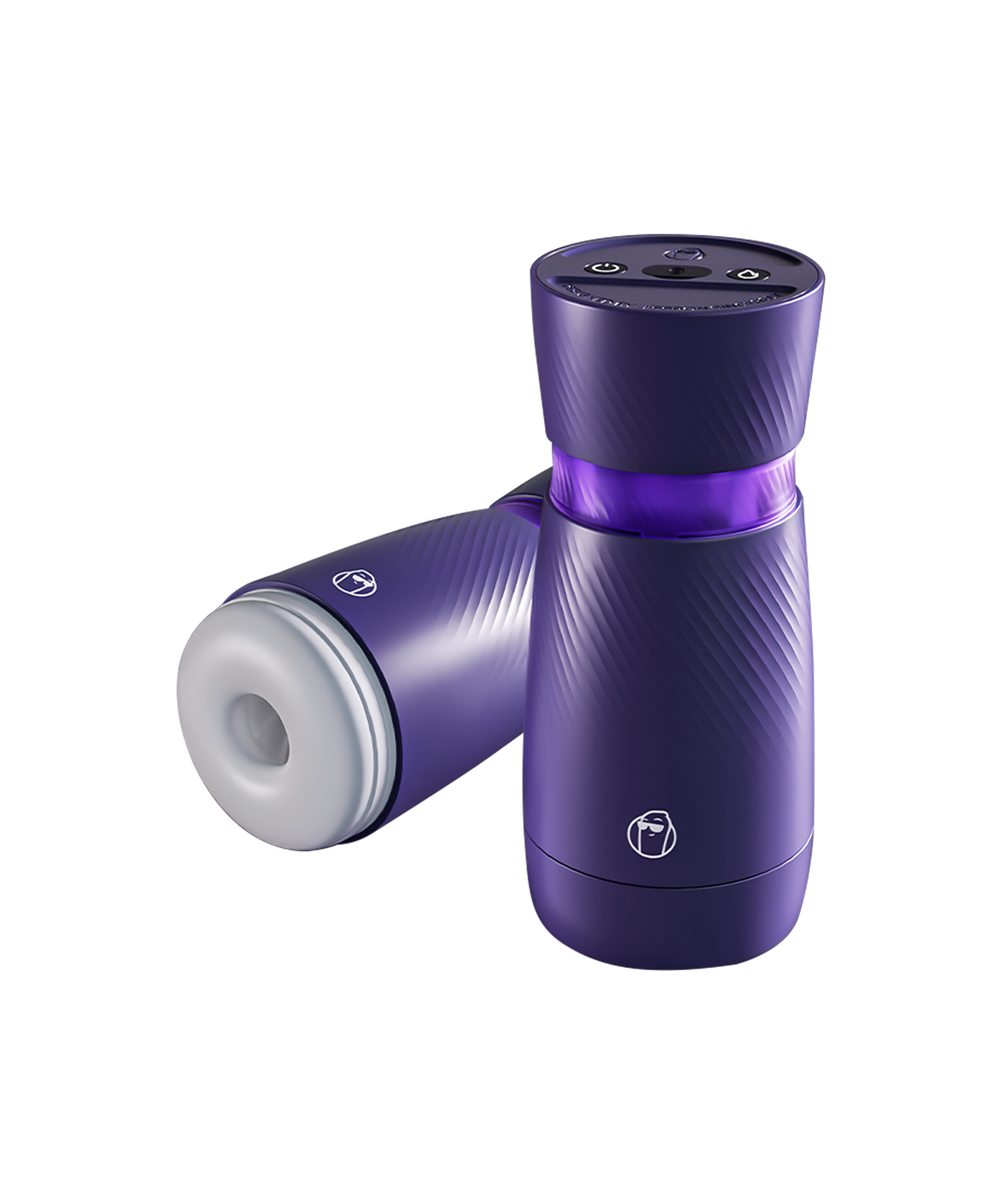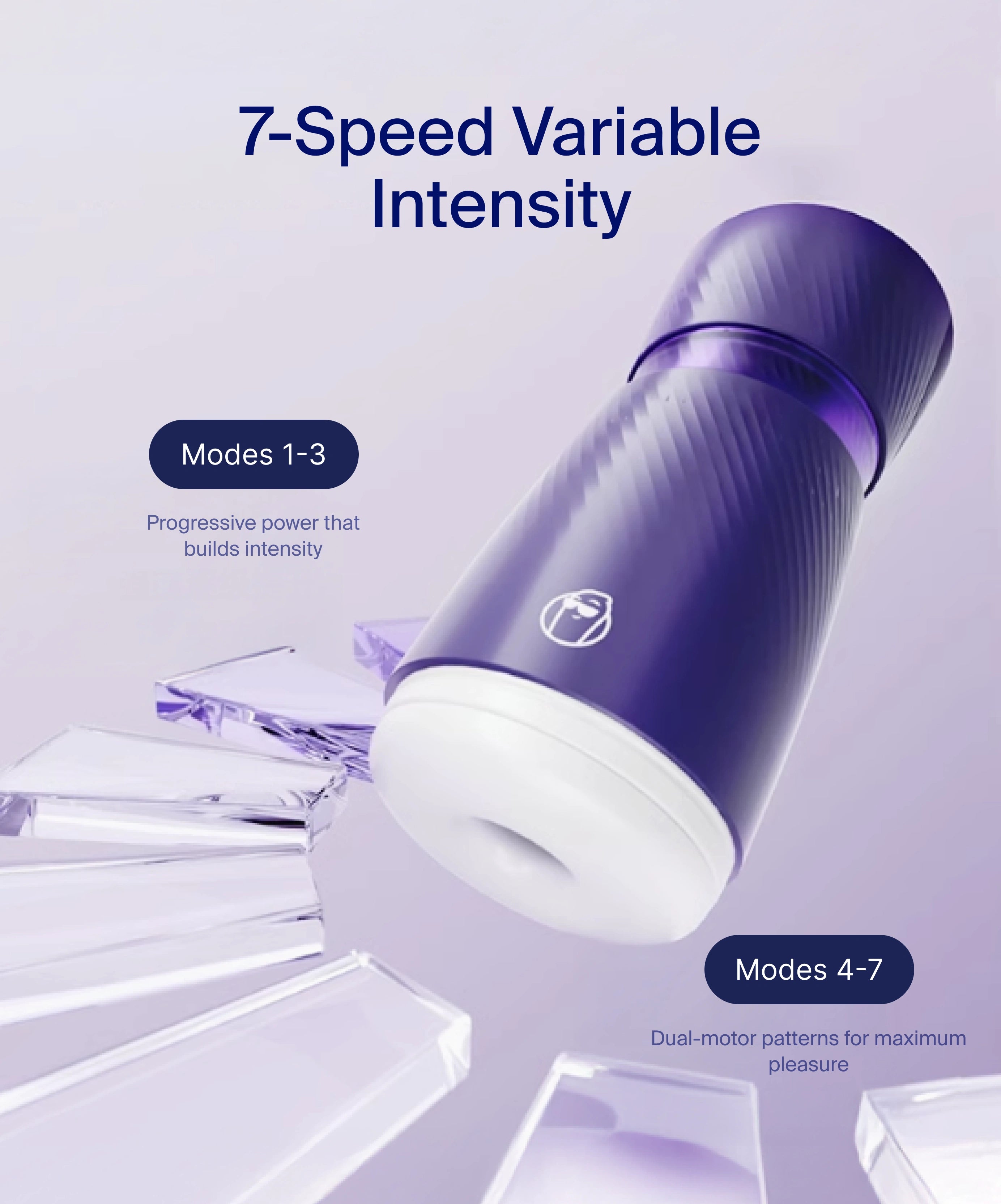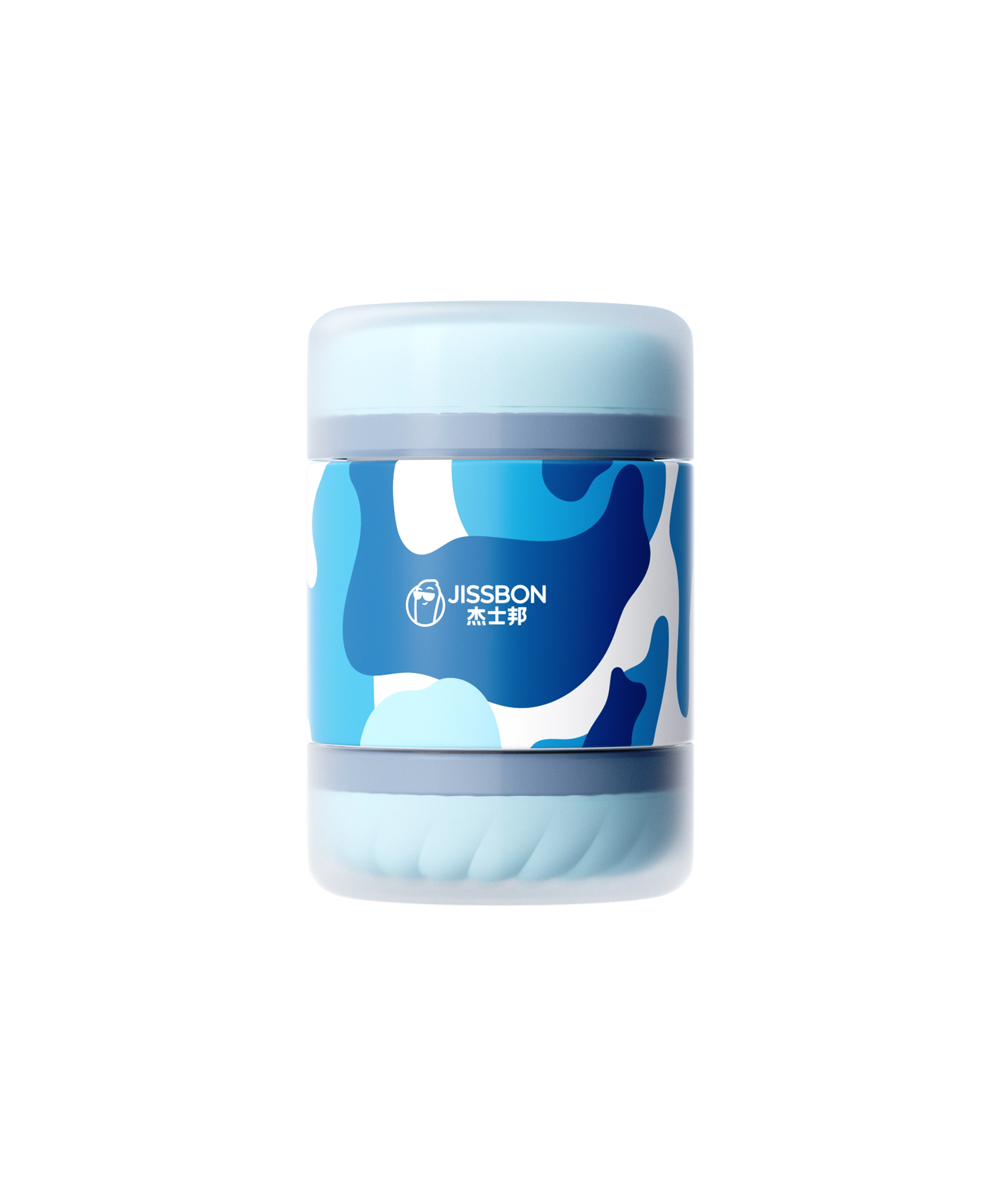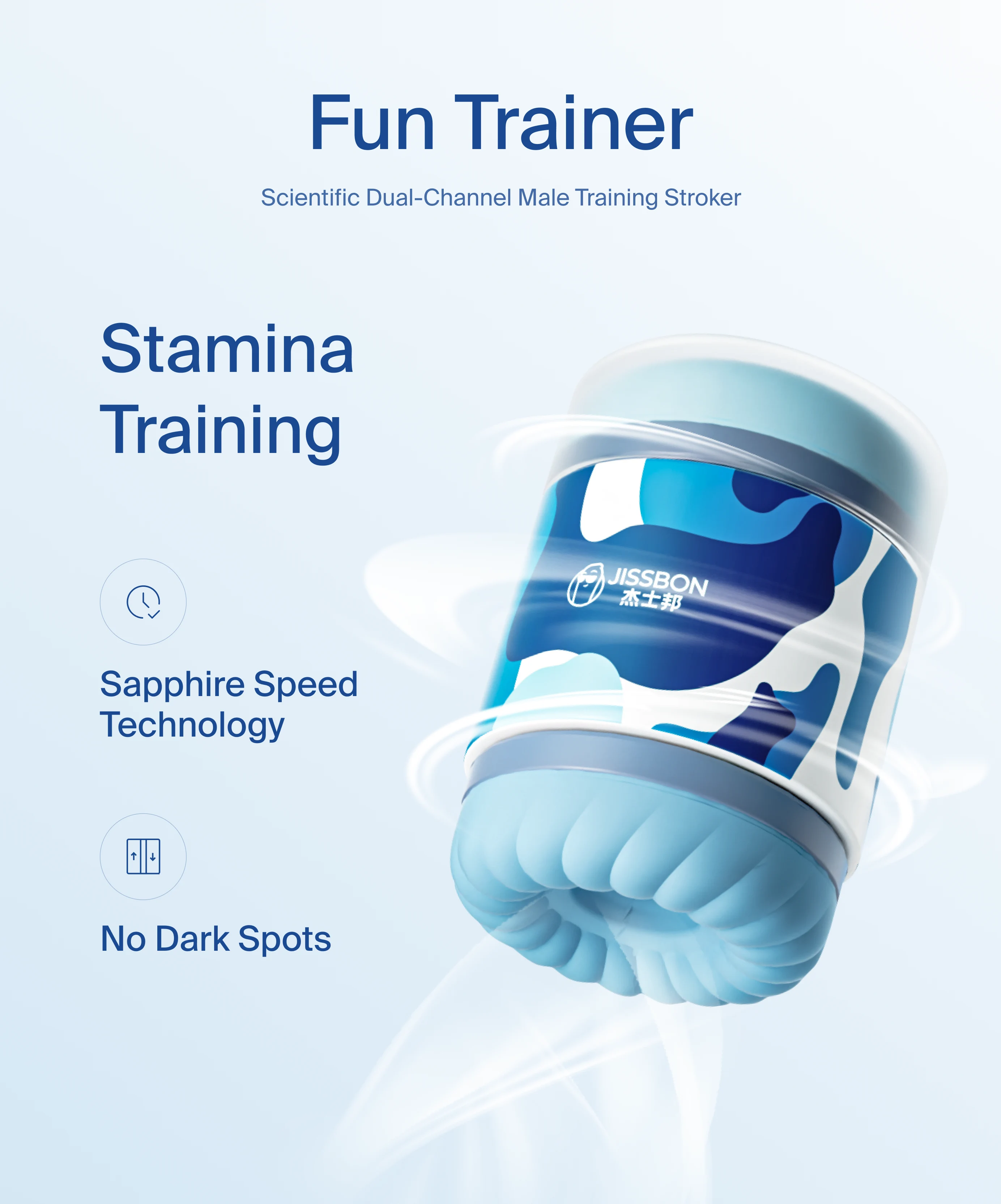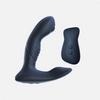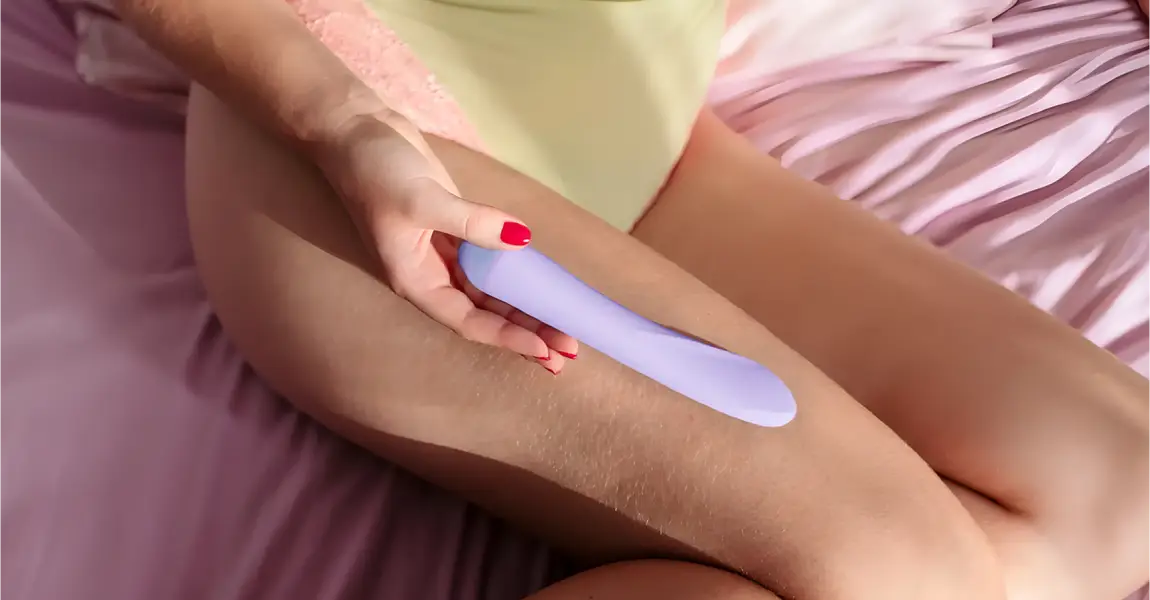If you’re shopping your first toy (or upgrading an old favorite), you’ve probably asked: what’s the difference between a dildo and a vibrator? In simple terms, a dildo is typically a non‑motorized toy for penetration or pressure, while a vibrator contains a motor that creates buzzing or “rumbling” sensations for external and/or internal stimulation. In reality, there’s overlap—vibrating dildos exist, and some vibrators can be used with the motor off—so understanding how each works will help you pick what suits your body and goals.
Below, you’ll find a clear dildo vs vibrator breakdown: definitions, uses, pros and cons, materials and safety, cleaning, and beginner picks. We’ll also answer common questions (including “Is it common for a woman to own a dildo?”) and link to helpful categories like G‑spot vibrators and an easy starter option, the Pink Heart Vibe G‑Spot Vibrator.
Quick Definitions
What is a dildo?
A dildo is a non‑motorized sex toy designed for insertion or pressure against sensitive internal areas (e.g., the vaginal G‑spot or the prostate) or for external massage. It may be phallic—or not—and can be curved, slim, firm, flexible, glass, steel, or silicone. Many are compatible with harnesses or have suction cups for hands‑free play.
What is a vibrator?
A vibrator is a toy with an internal motor that creates vibration. It can be external (bullets, suction/air‑pulse, wands, finger vibes) or internal (G‑spot vibes, rabbits, insertable bullets). Vibrations can boost arousal, increase blood flow, and help some users climax more easily.
In “vibrator vs dildo,” the motor is the main difference—but shapes, features, and how you use them matter just as much. Many modern guides note that some dildos vibrate, and some vibrators are dildo‑shaped for insertion.
Dildo vs Vibrator: A Side‑by‑Side Comparison
|
Feature |
Dildo |
Vibrator |
|
Core function |
Manual pressure/penetration (no motor) |
Motorized stimulation (external and/or internal) |
|
Sensation style |
Steady pressure, stretch, fullness; targeted angling (e.g., G‑spot, P‑spot) |
Buzzing/rumbling sensations; patterns; intensity levels |
|
Learnability |
Simple (you control the motion) |
Simple to moderate (learning settings/intensities) |
|
Best for |
People who like pressure, fullness, slow grind; harness or suction‑cup play |
People who enjoy vibration on the clitoris, vulva, shaft, perineum, nipples—or blended with penetration |
|
Variations |
Slim/curved, double‑ended, suction‑cup, harness‑compatible, glass/steel for firm pressure |
Bullet, air‑pulse/suction, wand, G‑spot, rabbit, wearable/remote, prostate‑specific |
|
Noise |
Silent |
Quiet to moderate (depends on motor/build) |
|
Overlap |
Some vibrating dildos combine both |
Many dildo‑shaped vibrators exist |
Which One Should You Choose?
Choosing between a dildo vs vibrator comes down to the type of stimulation you want:
- “I like external clitoral play.” Start with a vibrator (a small bullet or suction/air‑pulse toy) for precise, hands‑free pleasure without insertion.
- “I crave fullness or G‑spot pressure.” Try a curved dildo for slow, intentional strokes. If you also enjoy buzz, choose a G‑spot vibrator or a vibrating dildo.
- “I want blended sensations.” A rabbit vibrator combines internal shaft stimulation with an external arm—great for “pressure + vibration” at once. (Glossary articles describe this as dual stimulation.)
- “I’m curious about anal or prostate play.” Choose toys designed for the job (with a flared base for safety). There are P‑spot vibrators and non‑vibrating plugs/dildos; always use plenty of lube.
Pros & Cons
Dildo (non‑motorized)
Pros
- Silent; simple; no charging required
- Precise pressure and angle control (great for G‑spot/P‑spot)
- Many shapes (slim, curved, double‑ended), suction‑cup and harness options
- Glass/steel versions deliver very focused pressure
Cons
- No vibration (unless you choose a vibrating dildo)
- Requires more manual movement
- Some porous materials are harder to sanitize (choose non‑porous where possible)
Best for: Users who love pressure, grind, fullness, and versatility (strap‑on or shower wall play).
Vibrator (motorized)
Pros
- Adds stronger/faster stimulation with patterns & intensity levels
- Excellent for clitoral, vulval, perineal, or nipple play
- Many shapes (bullet, wand, rabbit, G‑spot, wearable, prostate)
- Can shorten time to orgasm for some users
Cons
- Some noise; needs charging or batteries
- High settings may feel intense or desensitizing in the moment (temporary)
- Waterproofing and build quality vary, so read specs
Best for: Users who want easy arousal, external focus, or blended sensations (e.g., rabbit/G‑spot + clitoral).
Materials, Lube & Safety (Must‑Know Basics)
Body‑safe, non‑porous materials—like medical‑grade silicone, stainless steel, or glass—are easiest to clean. If you plan to share toys or switch between anal and vaginal use, non‑porous matters even more. (Always use a new condom on a shared toy, and wash between orifices.)
Lube compatibility (crucial):
- Condoms: Use water‑based or silicone‑based lube; avoid oil‑based (it weakens latex and raises break risk).
- Silicone toys: Prefer water‑based lubes. Silicone lube can degrade silicone toys over time; it’s safer on glass or steel.
- Anal play: Use more lube than you think. Pick a toy with a flared base to prevent it from getting lost.
Cleaning:
Wash toys with warm water + mild soap after use; dry fully before storing. Non‑vibrating silicone, stainless steel, and glass toys can often be boiled briefly (if the manufacturer allows). Motors/battery compartments must never be submerged unless the toy is fully submersible.
How They Feel: Pressure vs. Vibration
- Dildos shine for pressure and angle. If you enjoy the feeling of fullness or precise G‑spot or P‑spot presses (think “come‑hither” motion), a dildo’s control is hard to beat. Glass and steel provide very focused pressure; silicone is softer and more forgiving.
- Vibrators add frequency and amplitude—the “buzz” or “rumble.” Many people find external clitoral vibration the fastest path to orgasm; others like a rumbly wand on the vulva/thighs or blended with internal stimulation. (Clinical reviews note vibrators can enhance arousal and orgasm without lasting harm.)
Popular Categories (with quick picks)
- External clitoral vibes: bullets, suction/air‑pulse, finger vibes—compact and beginner‑friendly.
- G‑spot toys: curved dildos or G‑spot vibrators; aim the curve toward the belly button. Explore G‑spot vibrators or try the Pink Heart Vibe G‑Spot Vibrator if you want both pressure and vibration.
- Rabbit vibrators: internal shaft + external arm for dual stimulation.
- Anal & prostate: toys with flared bases (vibrating or not) designed for safety and comfort.
Buying Checklist (So You Love What You Get)
- Decide on sensation: Do you want pressure (dildo), vibration (vibrator), or both?
-
Pick the shape: Curved for G‑spot/P‑spot; slim for gentle insertion; bulbous for fullness.
- Check materials: Favor non‑porous silicone, stainless steel, or glass.
- Verify features: Waterproof rating, noise level, battery life, suction cup, harness ring, flared base (for anal).
- Plan your lube: Water‑based is the most universally compatible; avoid oil with latex and silicone lube on silicone toys.
- Start small, build up: It’s easier to size up than to over‑commit on your first toy.
Is It Normal to Own One?
Yes. Sex toy use is common. In a nationally representative U.S. study, over half of women reported having used a vibrator at least once, and many used one recently—strong evidence that owning or using a toy is mainstream. While that paper measured vibrator use rather than dildo ownership specifically, it shows how common modern sex toy use is.
Quick Scenarios: Which Should You Choose?
- You climax easily from clitoral touch but want stronger sensations: Vibrator (bullet or suction/air‑pulse) for more intensity and reliability.
- You love deep pressure and “full” sensations: Curved dildo or G‑spot vibrator (use the motor when you want extra oomph).
- Couple play with hands-free: Suction‑cup dildo on a smooth surface, harness‑compatible dildo, or a wearable vibrator.
- Anal beginner: Small, flared‑base plug or P‑spot toy; more lube than you think; go slow.
Care & Cleaning: Do This Every Time
- After use: Warm water + mild soap, then air‑dry.
- Deep clean (non‑vibrating silicone/steel/glass): Boil briefly if the brand allows.
- Share safely: Use condoms on shared toys; never move a toy from anus → vagina without cleaning or changing the condom.
Gentle Getting‑Started Plan
- Pick your path: Decide whether you want pressure (dildo), vibration (vibrator), or both.
- Start small: Choose a slim, curved toy or compact bullet.
- Add plenty of lube: Especially for insertion or anal play. Remember the flared base rule for any anal toy.
- Explore settings gradually: If using a vibrator, begin low; increase once you’re warmed up.
- Clean & store: Wash after each use; allow to dry completely.
The Bottom Line
If you came here wondering “whats the difference between a dildo and a vibrator”, here it is in one sentence: a dildo gives you manual pressure/penetration without a motor; a vibrator adds powered stimulation you can feel externally and/or internally. Neither is “better” overall—your body, arousal style, and comfort decide. Start where your curiosity points, keep lube and cleaning simple, and choose body‑safe materials. If you want both pressure and buzz, there are hybrid designs that do it all.
Happy exploring—and when you’re ready, dive into G‑spot vibrators to compare shapes and features, or try the Pink Heart Vibe G‑Spot Vibrator to experience pressure and vibration in one.
Frequently Asked Questions
Is it common for a woman to own a dildo?
Toy use is common. A well‑known U.S. study reported more than half of women had used a vibrator; while it didn’t break out dildo ownership, it shows sex toys are mainstream and widely used for sexual wellness and pleasure.
What does a vibrator do that a dildo doesn’t?
A vibrator provides motorized stimulation—steady or patterned buzzing/rumbling—useful for clitoral play, arousal, and blending with penetration. A dildo provides manual pressure and fullness without vibration. (Some toys combine both.)
Can a vibrator be used like a dildo?
Often, yes—dildo‑shaped vibrators exist, and you can use some with the motor off. The line blurs because many dildos also come in vibrating versions. Check the shape, base, and specs.
Are dildos or vibrators better for the G‑spot?
For G‑spot seekers, curved pressure matters most: a curved dildo or curved G‑spot vibrator (with the motor on or off). Angle the curve toward your belly button and experiment with pace and pressure.
What lube should I use?
With latex condoms, choose water‑based or silicone‑based lube (avoid oils). With silicone toys, choose water‑based lube to prevent material damage; silicone lubes are fine with glass/steel.
Read more

Short answer: No—your clit can’t “fall off.” The clitoris is not a tiny, detachable button; it’s a complex erectile organ with internal roots (the crura and bulbs) anchored under the pelvic bone. O...
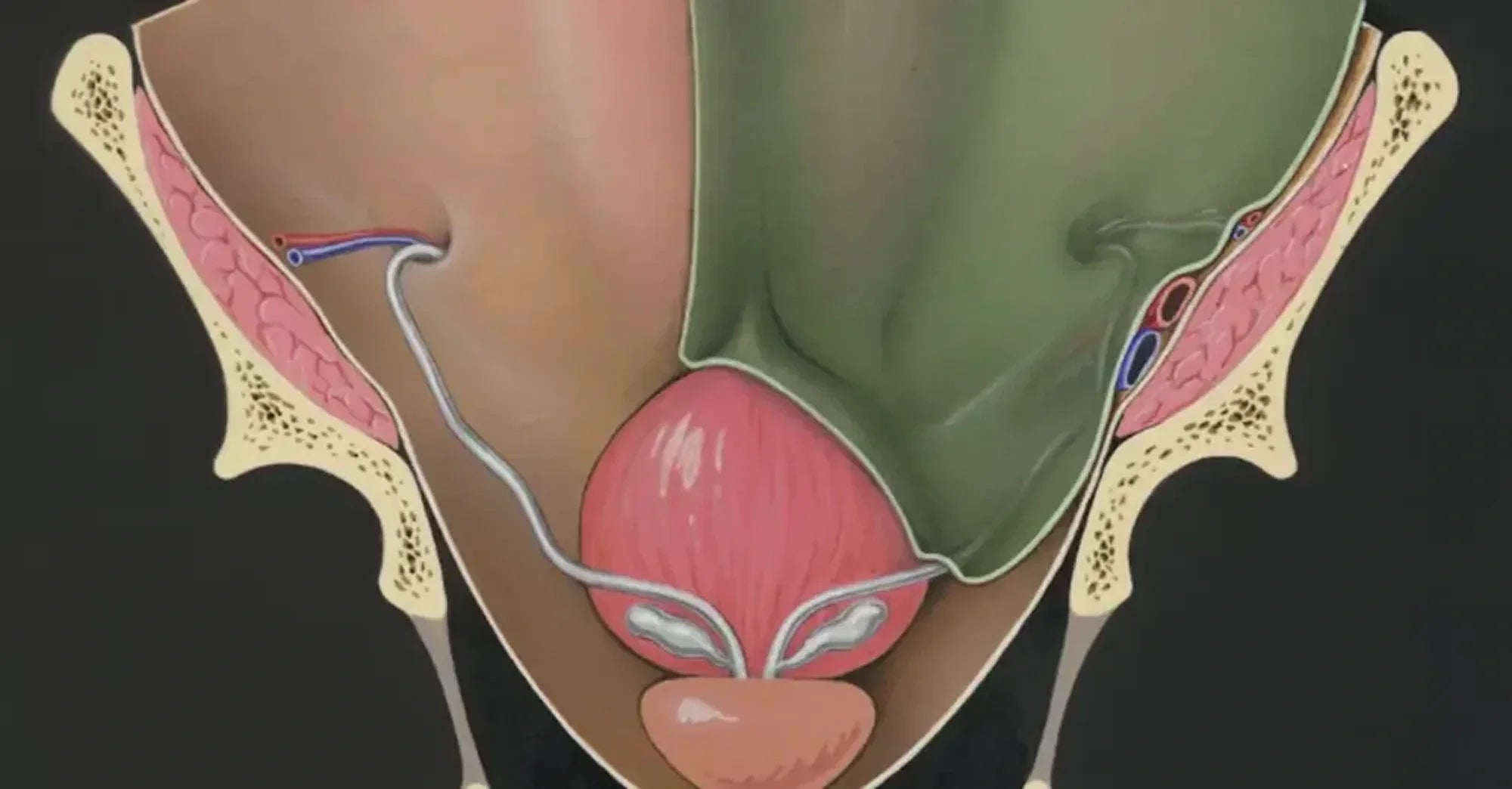
Short answer: For most people, clitoral atrophy isn’t permanent. The clitoris itself doesn’t “disappear,” but the glans can look smaller, feel less sensitive, or seem hidden under the hood when hor...
